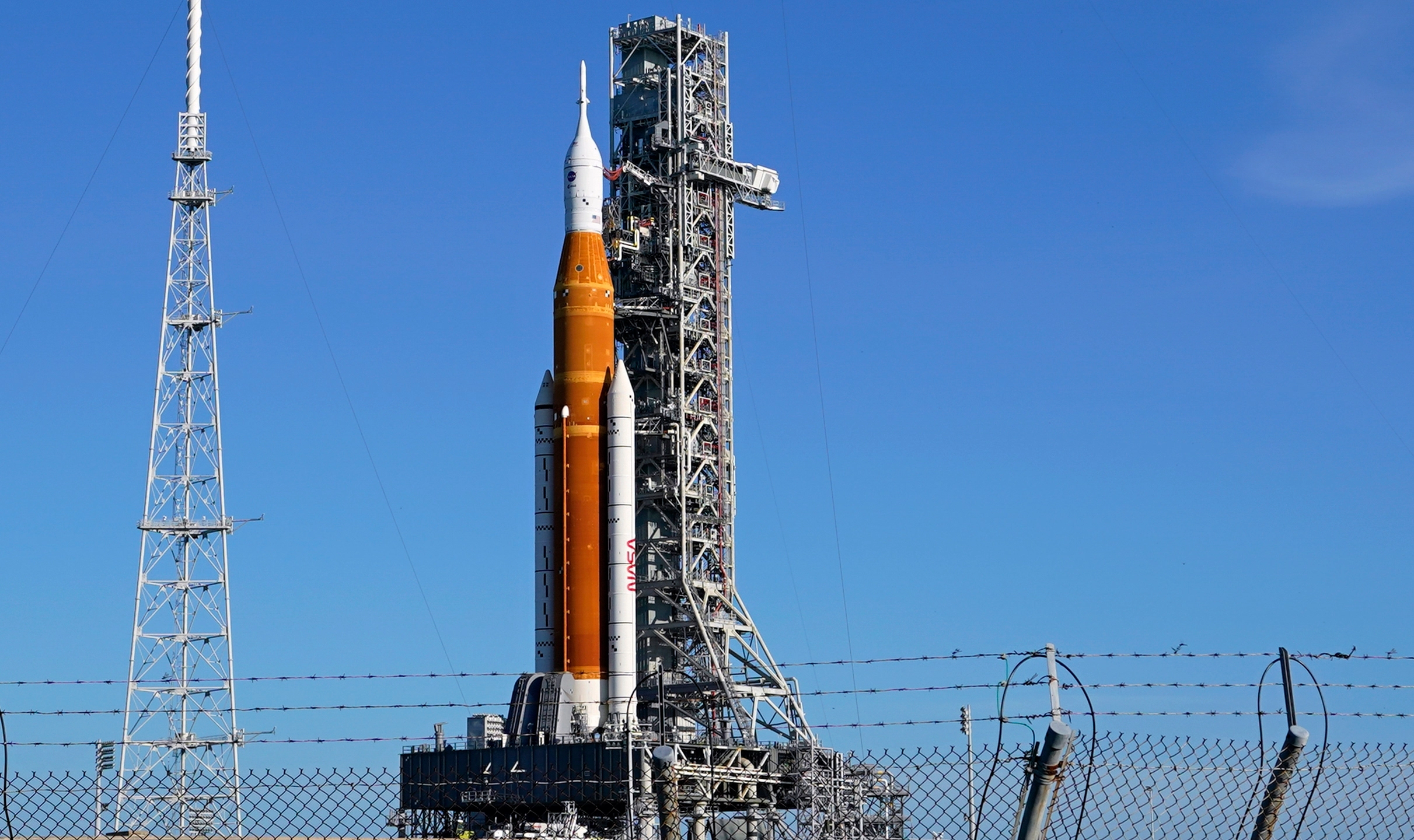
NASA is replacing leaky seals in its Moon Rocket at the pad in hopes of launching it on its first test flight by the end of this month.
Managers stated on Thursday that they would conduct another test after the maintenance to ensure all hydrogen fuel leaks are plugged. If that test is going well and if the Space Force extends a flight protection waiver, then NASA will take another stab at launching the 322-foot rocket in late September. Otherwise, the rocket will go back to the hangar for extra work, delaying liftoff till at least October.
A collection of hydrogen gasoline leaks and different troubles halted back-to-back launch attempts last week.
The Space Launch System rocket, the most effective ever built by NASA, holds a group capsule with 3 test dummies. The space agency desires to send the tablet into lunar orbit on a trial run before putting astronauts on the subsequent flight in 2024. That around-the-moon mission could pave the way for the first human moon touchdown in 50 years, presently scheduled for 2025.
“We want to get the tanking test carried out, and then we’ll have to study what’s the realism and schedule” to make a launch attempt as early as Sept. 23, stated Jim Free, who is in charge of NASA’s exploration systems development.
To launch in late September, NASA desires the OK from the Space Force in Cape Canaveral, which oversees the rocket’s self-destruct device. Batteries are had to activate the device if the rocket veers off course toward populated areas. These batteries should be retested periodically, and which of them that is most effective be done in the hangar? The military could have to extend the certification of those batteries by an additional week or extra to avoid shifting the rocket back to the hangar.
But on every occasion, the rocket moves between the hangar and launch pad, add “routine put on and tear, and I do not want to do that” until necessary, stated the chief engineer John Blevins. There already have been three trips to the pad this year for practice countdowns and, most recently, the thwarted launch attempts of Aug. 29 and Saturday.
Engineers are hopeful that changing a couple of seals in the hydrogen gasoline lines at the bottom of the rocket will contend with any lingering leaks.
As an additional precaution, the launch group plans “a kindler and gentler method to tanking” for the duration of the very last segment of the countdown, slowing the flow of gasoline at times to lessen pressure at the seals, according to Mike Bolger, a software manager.
“We’re positive that we can knock this trouble flat,” he told reporters.